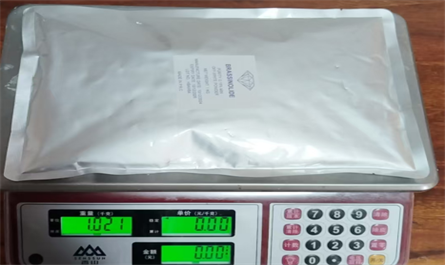The main differences between 14-Hydroxylated brassinolide and common brassinolide

The main differences between 14-Hydroxylated brassinolide and common brassinolide are in terms of source, safety, activity, and extraction technology.
Source: 14-Hydroxylated brassinolide is extracted from rapeseed pollen and beeswax. It is a natural brassinolide compound, while brassinolide is chemically synthesized.
Safety: 14-Hydroxylated brassinolide comes from plants and is an endogenous substance. It is also used in plants and is safer than chemically synthesized brassinolide.
Activity: 14-Hydroxylated brassinolide has a high activity. After use, it has significant effects in preserving flowers and fruits, increasing yields, and improving quality. In contrast, brassinolide has a low activity, but it also has the effect of promoting crop growth.
Extraction technology: The extraction technology of 14-Hydroxylated brassinolide has obtained Chinese invention patents, PCT US patents and PCT Australian patents.
Effects: 14-Hydroxylated brassinolide can promote cell division and elongation, enhance crop photosynthesis, increase crop yield and quality, and improve crop resistance and alleviate pesticide damage. However, if used excessively, it will cause crop leggy growth.
Market application: Although 14-Hydroxylated brassinolide has high activity, it has poor market competitiveness due to its high cost. In contrast, although 24-epibrassinolide has low activity, its price is more competitive, so it is more common in the market.
RECENT POSTS
Featured News



